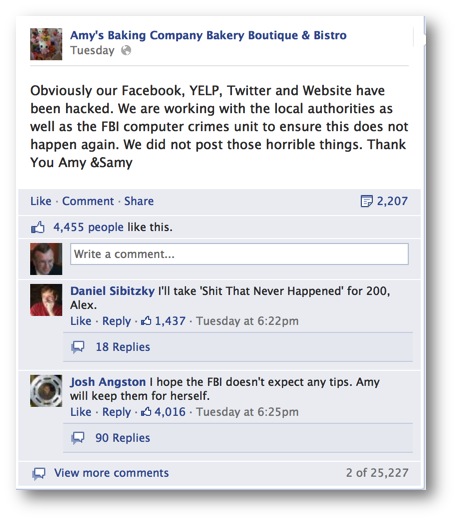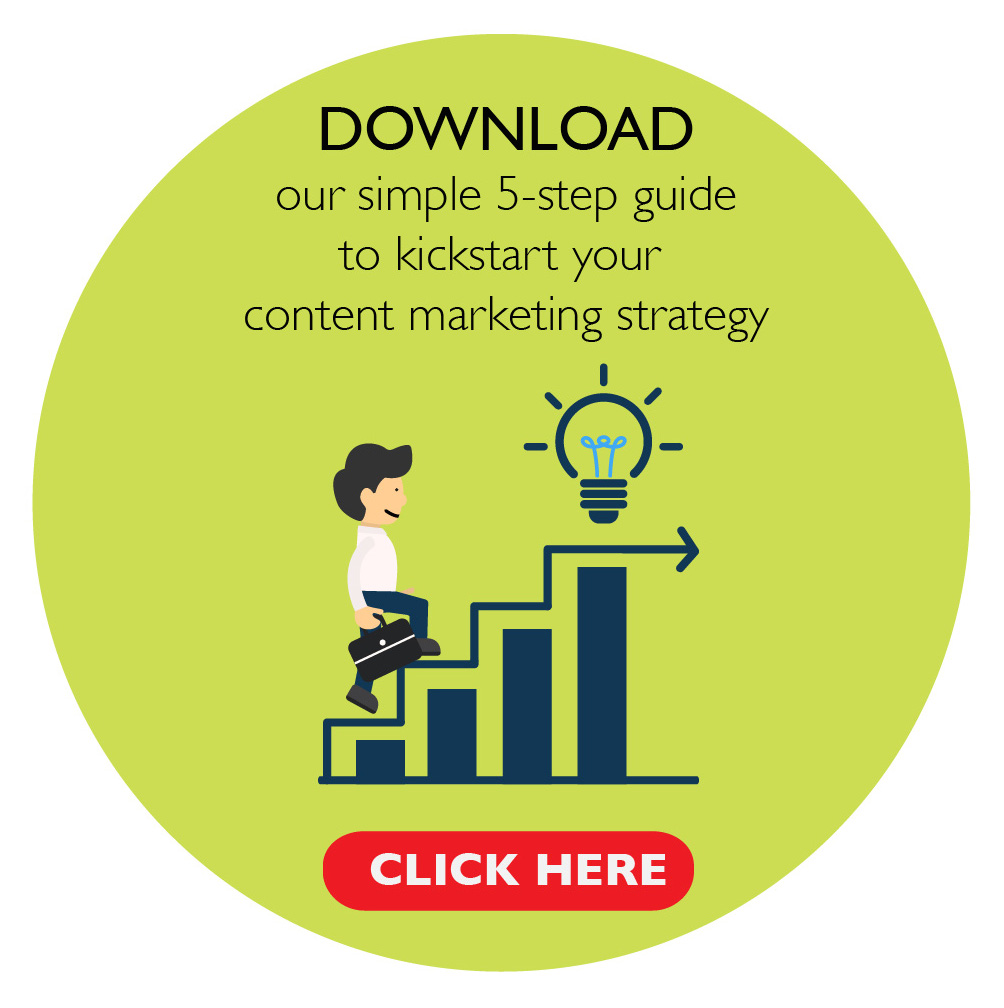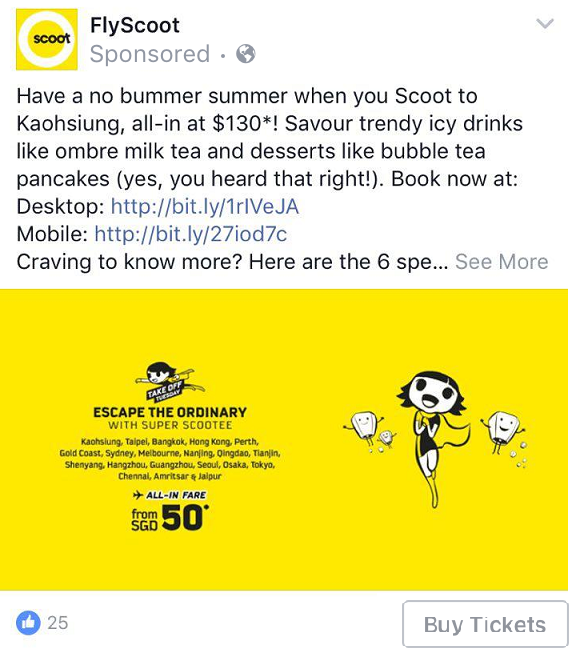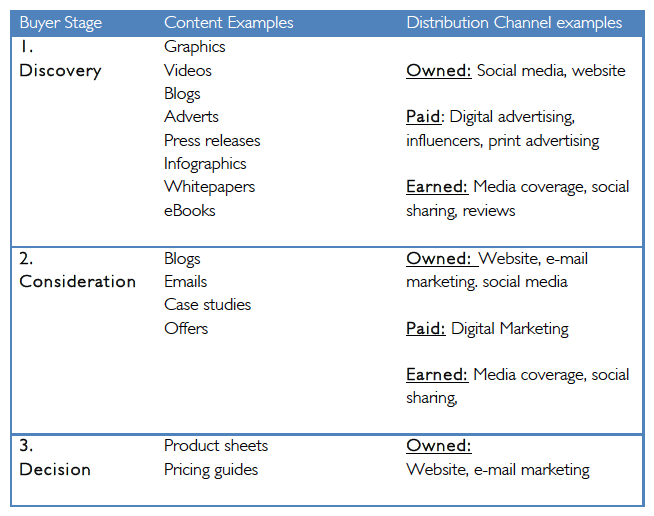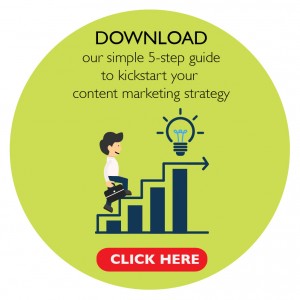Nobody expects business leaders to take selfies and post Instagram Stories about their day-to-day work. But, that may be exactly what they picture (and maybe even fear) when their marketing team suggests they leverage social media as a professional communication channel. And that’s where the conversation usually ends.
But…let’s embark on a thought journey that imagines what could happen if business leaders did agree to become an active LinkedIn user.
Perhaps you, the marketer, suggest that LinkedIn is a platform where they can directly communicate their professional thoughts, opinions and business success to thousands of industry connections, government stakeholders and prospective talent at the same time.
You point out that, sure, a keynote presentation at a regional industry conference could have that effect – once. But you emphasise that regular posts on LinkedIn, be it original blogs on a topic of expertise, status updates about business milestones or quick articles shares and comments on industry news – can have the same effect over a sustained period of time.
Most leading companies executives will have thousands of industry connections, but not even a proper profile picture (or in some cases none at all).
Why should any business executive be active on LinkedIn?
If they still aren’t convinced, you’ll likely say something like, “Do you want to inspire your employees to be ambassadors for your company or brand? Yes? Well, this works best when led from the top.” Maybe you even come up with an analogy – something along the lines of, “Hiding in the corner office, avoiding employees and customers, was once the sure-fire way to reinforce a leader’s unapproachability – not being on social media or LinkedIn specifically is the 21st-century equivalent.”
Need some stats in your arsenal?
- Employee profiles get a 2X higher click-through rate compared to when a company profile shares the same content
- Employees’ networks are collectively about 10X larger than the company’s followers
- 75% of users on LinkedIn will start following a leader or business based on the quality of their thought leadership
- 92% of LinkedIn users say good thought leadership will increase respect
- 60% of LinkedIn users will stop following a business leader if the writing isn’t good enough
- Prospective talent are 40% more likely to apply for a job if they are familiar with the company
- 87% of business decision-makers believe thought leadership increases trust in an organisation, while 89% believe it enhances brand reputation
You could go on to say that being active on LinkedIn and other relevant social media channels is not about likes and clicks (although tracking is important), but rather about inspiring your team, amplifying your perspective on industry topics and highlighting your company’s success.
But the problem is…
To be fair, most executives we at Mutant work with and talk to don’t necessarily have the time to kickstart their presence on LinkedIn, while others simply don’t know where to begin.
Let’s look at the facts:
What does that mean?
Missed opportunities.
Even though it may seem daunting, the truth is that getting started is actually simple. Here are the first steps any company executive who wants to be active on LinkedIn needs to take (and no, it doesn’t include posting selfies):
- Update their profile
Most leading companies executives will have thousands of industry connections, but not even a proper profile picture (or in some cases none at all). In all honesty, even those executives who don’t want to be active on LinkedIn should clean up and update their profile periodically. After all, it’s their professional shop front. So here’s what to advise them to do:
- Add a recent professional headshot (and perhaps even a relevant cover image)
- Add a short and concise headline. This could be a job title and/or what they want to be known for (i.e. serial entrepreneur, bitcoin investor, FMCG veteran)
- Craft a summary paragraph that goes beyond a job description to highlight who they are and what they are interested in (professionally)
- Update their experience section, including recent job titles and affiliated companies, and a short description for each position
- Create a custom LinkedIn URL (i.e. linkedin.com/in/yourname)
- Build their network
Don’t accept every invite received. Make sure connections are validated, and advise the executive to only connect with people they actually know, people who are relevant to their industry, their professional work or who are other stakeholders.
If they want to proactively grow their network, they can also include their custom LinkedIn URL in their email signature and on their business card.
- Define who they are on LinkedIn
Being active on LinkedIn doesn’t mean someone should like and comment on every post. It’s important a business leader define the topics they want to engage with and talk about. They should select a few topics they care about, feel strongly about – especially those related to their field and that they are perhaps an expert in.
To do this, they should think of themselves as a brand and define their own basic content pillars (i.e. sustainability, IT innovations, IT infrastructure, business efficiency) in order to select topics they want to talk about related to their content pillars.
- Plan ahead
Company leaders are busy, their calendars feeling up months in advance – this means it should be easy for them to create a basic calendar including company events, conferences they’ll be attending, significant dates in the industry and more – with these in mind, posts can be drafted ahead of time and saved, ready to deploy when the right date rolls around.
When it comes to commenting on trends, executives should try to spot emerging topics in their industry and talk about them early. For example, if they know that a particular conference is going to generate a lot of buzz around a particular topic, they could publish a LinkedIn blog about what to expect from that conference and their personal take on these topics.
- Be consistent & unique
One of the biggest roadblocks preventing business leaders from being active on LinkedIn is the perception that it takes a lot of time and effort to have an impact. However, publishing 2-3 posts every month doesn’t take up too much time once the steps above have been followed.
The truth is that consistency and regular content are key. But, it’s not necessary to write a new blog every week. Instead, choose a frequency that is manageable and then stick to it.
Remember that quality insights in one blog will have a stronger impact than daily posts. In fact, decision-makers say the majority of content they come across isn’t new, enticing or shows unique opinions. Rehashing someone else’s ideas isn’t the way to create an impact.
What sort of content should business executives publish on LinkedIn?
- Original blogs highlighting thought leadership and expert opinions
- Status updates about company events, conferences, awards and other successes
- Reposting news bylines or media mentions (including their point-of-view)
- Sharing news from the company’s LinkedIn page (including why this matters to them)
- Share interesting articles related to their field (including their opinion on the topic)
(Left to right: original blog post, status update about awards, resharing company highlights)
So where does this leave us?
Should business executives be active on LinkedIn? – Yes
Do they need to post about irrelevant topics to stay in the feed? – Of course not
Can they be impactful and credible at the same time? – Yes
Does it take some effort? – Yes, but not as much as they think
Is LinkedIn an effective communication channel where you can control your content and reach a highly-valuable audience? – Yes
Do you have more questions? Ask away! Mutant has worked with numerous business leaders to establish their LinkedIn presence, amplify their thought leadership and increase their company’s reputation.
Do you want to know more about how we did it? Need help to convince your boss or want to boost your own LinkedIn presence? Send an email to [email protected] and our content team will get in touch!




